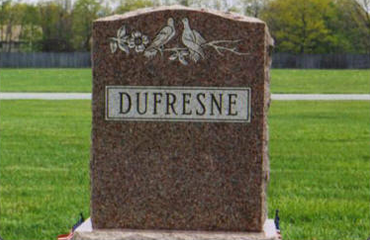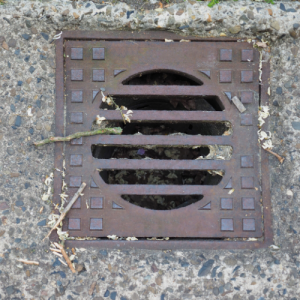Headstones that have lashed out at ground level can’t be reset in their unique bases. A basic answer for this issue is to make another base out of cement for the stone section. The new base is a poured solid box set inside the ground with a space made for the gravestone piece. In any case, the headstone ought not to be set straightforwardly into the solid! All things considered, after the solid base has been set, the conservator will apply a mortar blend to hold the stone in the opening. This mortar ought to be gentler than the stone so any disappointment is liable to happen in the mortar, keeping the stone from breaking once more. An illustration of a ‘delicate’ mortar is a 1:3 blend of common water-powered lime and sand; in any case, an expert conservator will want to build up a suitable blend dependent on the stone sort. Plain Burials or Missing Markers Open zones of a graveyard may contain plain internments or graves that are feeling the loss of their markers. The presence of plain graves might be proposed by notable documentation, for example, entombment plats of graveyard records. Headstones play important role in graveyards Different signs of plain graves or missing markers remember sorrows or hills and holes for lines or groups of markers. Certain plants or stones can likewise demonstrate plain graves. Testing is a straightforward procedure that can be utilized to find fallen or broken markers that have been covered underground. Focus on little regions of the burial ground where authentic documentation, avoid in a succession of headstones, or miseries recommend markers may have once stood.
An examining stick is a pole of metal or fiberglass, around three to four feet long with a handle toward one side

Try not to utilize longer tests or drills as they may infiltrate the internment chambers. Testing requires a precise, persistent methodology. Delicately push the test into the ground at 6-to 12-inch stretches following a network. At the point when the examining stick experiences a hard item, mark the spot with a utility banner. Cautious burrowing by hand may uncover the covered headstone or tombstone sections. Even though it is a straightforward procedure, testing expects the practice to recognize likely tombstones and other underground highlights. Examining should just be finished via prepared volunteers or experts. For bigger regions of a burial ground, get the administrations of an expert paleologist who can utilize methods, for example, ground entering radar to recognize depressed highlights or plain graves. Repointing Other than headstones, other stonework structures in the graveyard, for example, burial places, vaults, dividers, also, sepulchers are helpless to weakening and may require fix or repointing. Repointing is the way toward cleaning free mortar from a decayed joint and supplanting it with new mortar.
Choosing a Conservator
Choosing an expert graveyard conservator is a significant choice. On the off chance that a conservator is unpracticed, utilizes unseemly procedures or materials, or reduces corners to decrease expense or save time, the outcomes can be irreversible harm to critical highlights. On the other hand, an experienced conservator who is educated about fitting procedures and materials what’s more, which is delicate to memorable concerns can be a significant accomplice in a burial ground conservation project. The association Save Outdoor Sculpture! suggests choosing a conservator in a similar way you would pick a specialist, legal advisor, or some other expert: ensure the conservator’s preparation and subject matter are proper for your requirements; check references; also, pose inquiries.




